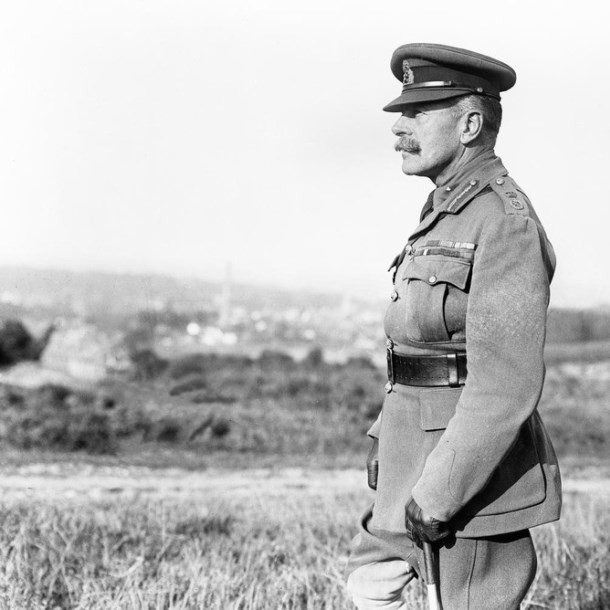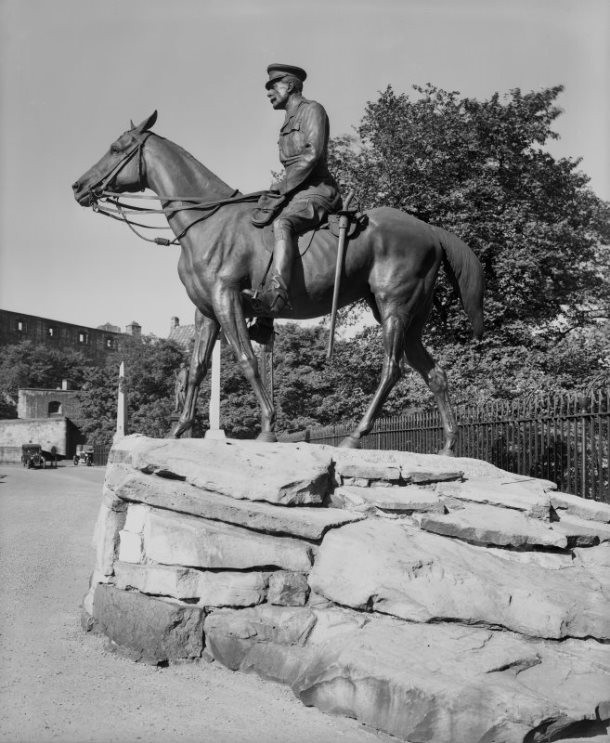Douglas Haig played a significant role in the British Army during World War One. He took over from Sir John French who was dismissed due to doubts about his capabilities Haig was chosen to take over in 1915. Haig was well-known for his ability to strategise and is controversial due to leading the British Army during some of their most devastating battles. These include the Battle of the Somme and the 3rd Battle of Ypres in which the British suffered some of their highest casualties of World War One. However, he also led the army in numerous battles which were largely successful - especially during the final year of the war. Haig was ultimately the commander which saw the British army to victory.
Before Haig joined the armed forces he spent his childhood with his parents in Edinburgh where they owned a successful whiskey business. Born in 1861, he then went on to study at Oxford. There he was said to be very sociable and became passionately involved in sports. He began playing for the polo team and became one of Oxford’s best young horsemen. He joined the army in 1884 and quickly rose through the ranks of the British Expeditionary Force through his aptitude for work and social connections.
Surprisingly, Haig managed to predict the end of the Great War when he urged Prime Minister David Lloyd George to agree to a British offensive against the Germans in 1917. The PM wanted to hold off on any attack, hoping that peace could be struck with Austria. However, Haig stated that the Germans were growing tired and could be defeated within the next year. Thus, persuading the PM that an offensive was the right choice. By November of 1918, the armistice was signed. If Haig had not persuaded the PM it’s hard to tell what the outcome may have been.
After the war and his retirement, Haig continued to serve the military by establishing the Royal British Legion. Haig himself worked hard to raise funds for the charity which still supports soldiers and veterans to this day. He was also named an earl which is a British title of nobility. Memorials dedicated to Haig can be found around Edinburgh including a brass statue inside Edinburgh Castle and an engraving carved into the stone at his childhood home in Charlotte Square.



